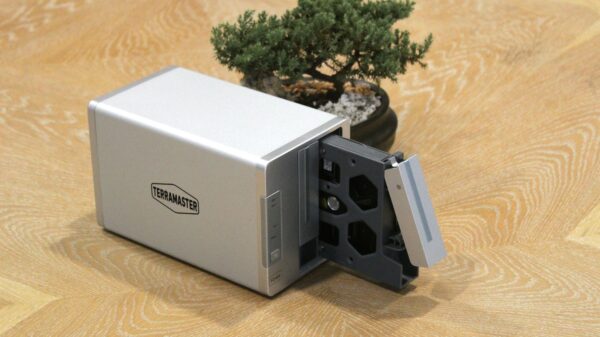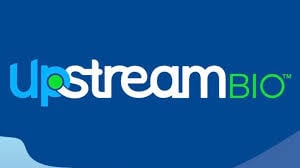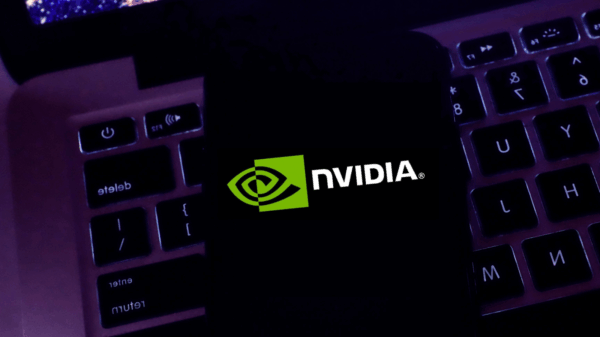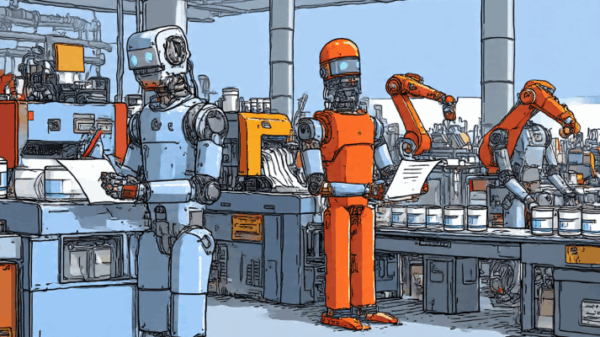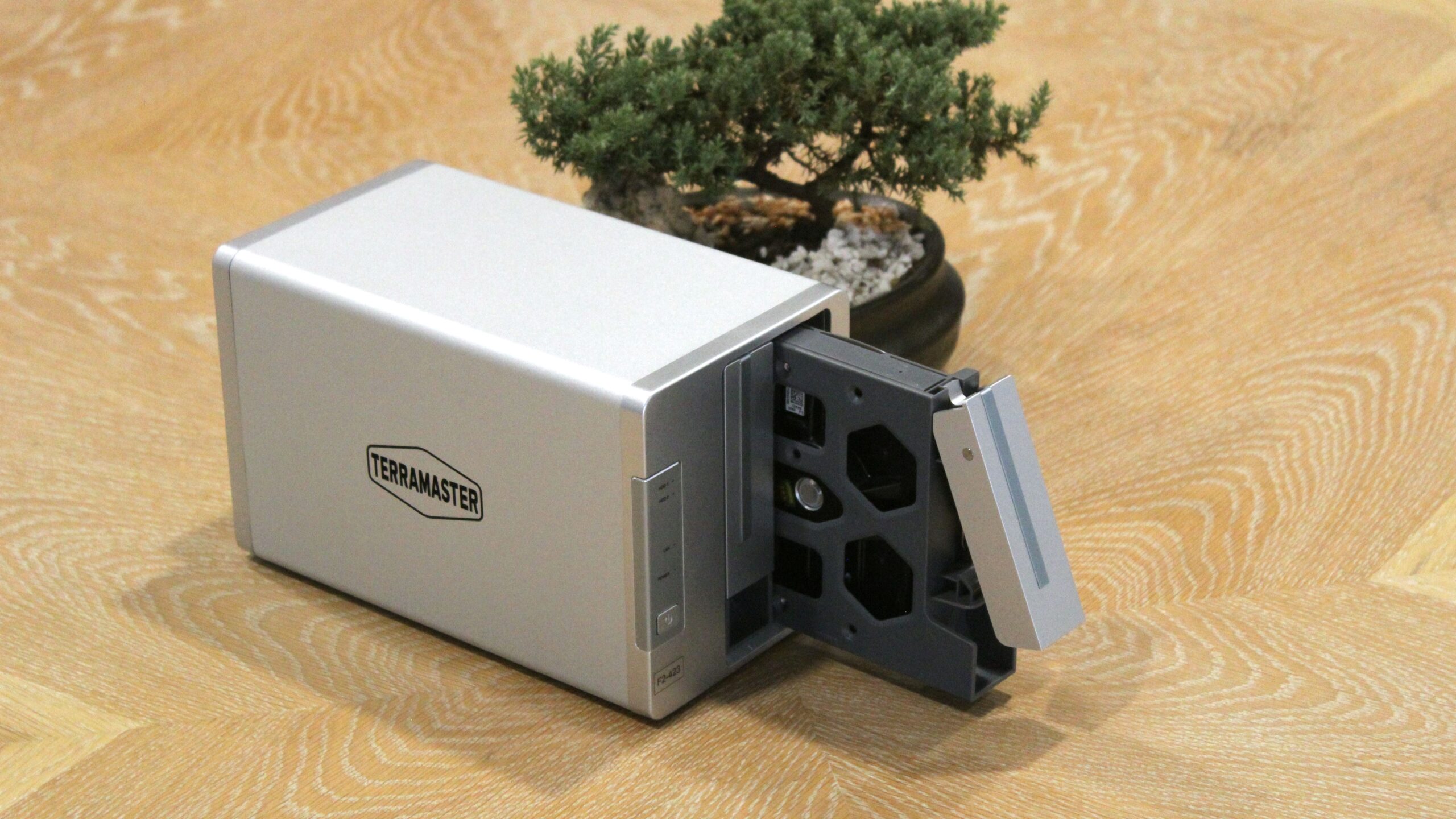URGENT UPDATE: New insights reveal that many users are misinformed about Network-Attached Storage (NAS) systems, with several myths debunked that could change how you manage your data. A recent exploration into the capabilities of NAS has sparked a significant shift in understanding, emphasizing its practicality and affordability.
Many beginners mistakenly perceive NAS as a complicated and costly solution only suitable for tech experts. However, latest findings demonstrate that setting up a NAS at home is easier and more beneficial than previously thought. Users can now automate backups, self-host applications, and even utilize inexpensive hardware for effective storage solutions.
DISRUPTING COMMON BELIEFS: One prevalent myth is that self-hosting applications on a NAS requires extensive technical knowledge. In reality, modern NAS platforms like Synology and QNAP offer user-friendly interfaces that simplify app installation to just a few clicks. The rise of containerization with tools like Docker has made it possible for users to run multiple applications effortlessly, eliminating the fear of command line complexities.
EXPLORING ALTERNATIVES: Initially, many believed that only Synology and QNAP were worth investing in, but the landscape has expanded significantly. New operating systems such as TrueNAS and Unraid are changing the game, allowing users to repurpose older PCs or laptops, thus slashing hardware costs. This shift opens up NAS accessibility to a broader audience, making it a viable option for budget-conscious users.
THE CLOUD VS. NAS: While cloud storage options are plentiful, they can be costly and slow, especially when accessing large files. NAS functions as a personal cloud solution, providing rapid access to your data without ongoing fees. With built-in tools for real-time file syncing, users can experience lightning-fast transfers that cloud solutions simply cannot match.
UNDERSTANDING RAID MISCONCEPTIONS: A critical revelation for many is the misconception that RAID setups offer complete data protection. In fact, RAID only safeguards against drive failures. Users are urged to implement comprehensive backup strategies, including version history and off-site backups, to protect against data loss from malware or accidental deletions.
STARTING YOUR NAS JOURNEY: Contrary to the belief that NAS systems require expensive hardware, budget-friendly options are widely available. Many users are now discovering that repurposing an old laptop or using mini-PCs such as Raspberry Pi can yield effective NAS setups without breaking the bank. This approach not only saves money but provides a valuable learning experience for newcomers to NAS technology.
These revelations signify a paradigm shift in how individuals perceive and utilize NAS technology. With its ability to run multiple applications, automate processes, and save on subscription costs, a NAS setup can become an invaluable asset in both personal and professional environments.
As more users share their success stories and newfound knowledge, the NAS community continues to grow. This compelling shift in understanding invites everyone to reconsider the potential of NAS systems in their digital lives.
Stay tuned for more updates as this story develops, and consider sharing your NAS experiences to help others unlock the potential of this powerful technology.


